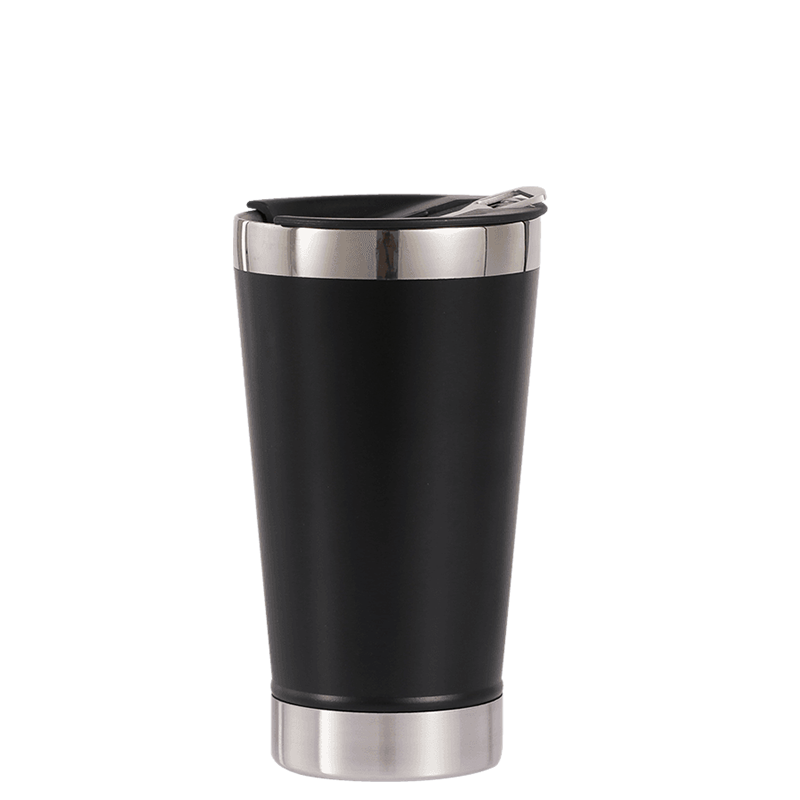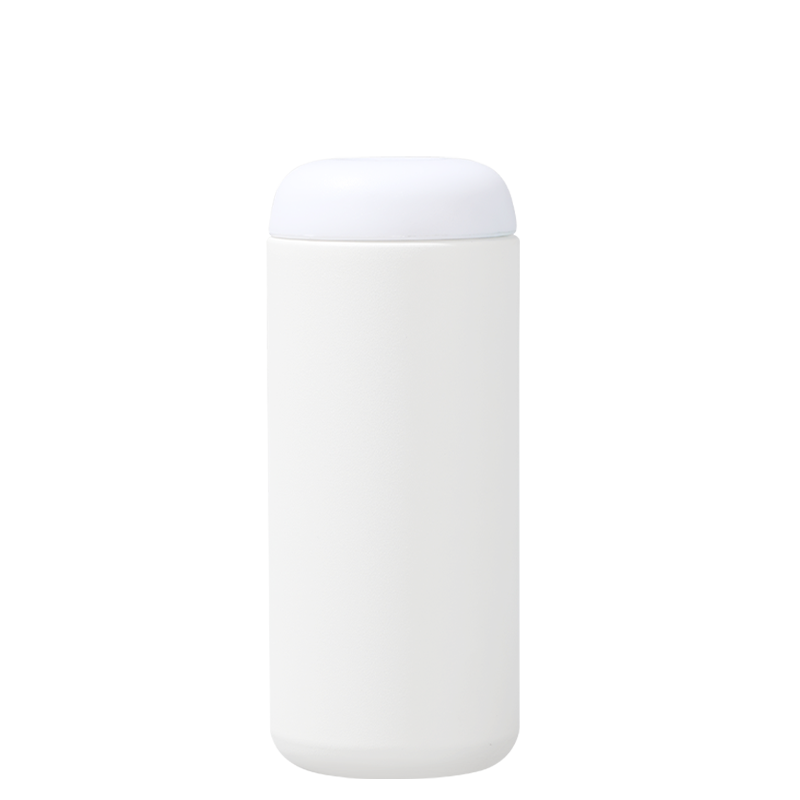
+86-13566758039

Industry News
The Camping Water Pot is an essential gear for outdoor enthusiasts, providing a reliable means to carry and store water during their adventures. The question of their suitability in various temperature environments is crucial, as it directly affects the functionality and safety of the water they contain. This article will explore the adaptability of Camping Water Pots to different temperature conditions, examining their performance in hot, cold, and bad weather scenarios.
The design of a Camping Water Pot is critical in determining its suitability for different temperatures. Modern Camping Water Pots are often made from materials such as stainless steel, aluminum, or food-grade plastics, each with its own set of temperature tolerances. Stainless steel, for instance, is known for its durability and ability to withstand both high and low temperatures without compromising the integrity of the pot. This makes it an ideal material for Camping Water Pots that will be used in a wide range of climates.
Aluminum pots, while lightweight and affordable, may not perform as well in cold, as they can become brittle and potentially crack. However, they are good conductors of heat, making them suitable for boiling water in colder environments when used with a heat source. On the other hand, food-grade plastics are generally more resistant to temperature changes and are less likely to crack, but they may not be as effective at maintaining water temperature for extended periods.
The insulation properties of a Camping Water Pot are also a significant factor in its suitability for different temperatures. Insulated pots, often referred to as vacuum flasks or thermos, are designed to keep liquids hot or cold for longer periods. These insulated Camping Water Pots are ideal for maintaining the temperature of water in both hot and cold environments, ensuring that the water remains at a safe and comfortable temperature for consumption.
Another aspect to consider is the effect of temperature on the taste and quality of the water stored in a Camping Water Pot. Some materials, especially those that are not food-grade, can leach chemicals into the water at high temperatures, potentially affecting the taste and safety of the water. Therefore, it is essential to choose a Camping Water Pot made from materials that are safe for use with water at various temperatures.
The outdoor conditions can also impact the performance of a Camping Water Pot. In hot environments, a pot with a wide mouth and a light color may help to decrease heat absorption, keeping the water cooler for longer. In contrast, a dark-colored pot may absorb more heat, which could be beneficial in cold environments to help warm the water. Additionally, the shape and size of the pot can affect its ability to retain heat; a taller, narrower pot may provide better insulation than a shorter, wider one.
In conclusion, the suitability of a Camping Water Pot for use in different temperature environments depends on several factors, including the material composition, insulation properties, and design features of the pot. When selecting a Camping Water Pot, it is essential to consider the specific temperature conditions in which it will be used to ensure the safety, taste, and quality of the water it contains. By choosing a pot that is designed for the intended temperature range, outdoor enthusiasts can enjoy a reliable and safe source of water during their adventures, regardless of the weather.
Your email address will not be published. Required fields are marked *








* Your email is safe with us, we don't spam.


Our company's products include vacuum flasks, beer mugs, coffee mugs, car tumbler, fire stove and tensile parts, etc.
Phone: +86-13566758039
Tel: +86-0579-87171178
Fax: +86-0579-87171178
E-mail: [email protected]
Add: No.29, Qiaodong Road, Qiaotouzhou Village, Longshan Town, Yongkang, Jinhua, Zhejiang, China.

 English
English 中文简体
中文简体 日本語
日本語 Français
Français Español
Español